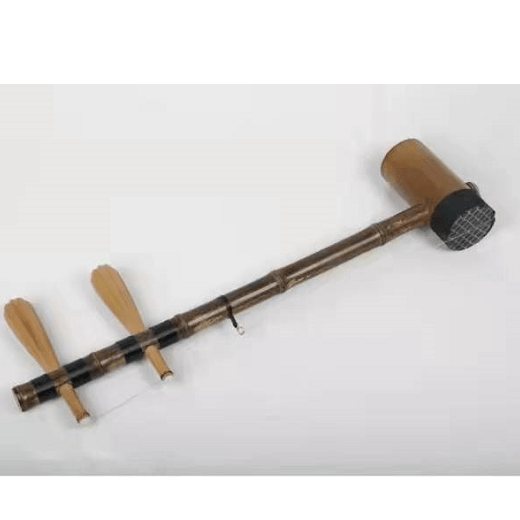25 Fingerings of Jinghu's Left Hand
Jinghu's vibrato, ornamental notes, and reserved fingers are also important Jinghu techniques for beginners, and even the basic Dafa. The reserved fingering is the basis of other fingerings. The decorative tone, also known as the accommodating tone, is a common fingering for stringed instruments.
Jinghu Xianxian fingering is quite special, divided into three methods: shaking finger, pressing finger, sliding finger. Recently, Lin Zongyu showed his shaking and pressing fingering. Every innovation of the master is the subject and object of our study and imitation. Now Zhou Zhiqiang explained Dong Yin fingering on China Jinghu website, which further enriched the research content of Jinghu fingering.

The development of science depends on the constant innovation of people. There are only two ways to study science: analysis and synthesis. We try to analyze how many fingerings have been defined so far in Jinghu technique: "slip" is divided into three types: up, down, and back slip; Finger, in situ generally refers to 3 kinds, "pad" one finger pad, 2 kinds of finger pads, 1 kind of "sticky", "strike" synchronous punching, 2 kinds of dragging punching, "strike" direct punching, flicking punching, sticking punching 3 kinds, "flash" 1 kind, "empty" kind of "Dong Yin'er" kind of "kneading string" 4 kinds of shaking finger, pressing finger, sliding, shaking and pressing, "decorative sound" single and double decorative sound, There are at least 3 kinds of decorative sounds, plus the reserved finger, a total of 27 different fingerings have been subdivided.
In fact, there are two commonly used fingerings. One is called "substitute finger". Originally, according to ergonomic rules, when the little finger should be used, the name finger should be used. Refers to strengthen the role. And Jinghu's unique Xipi handle is a perfect alternative fingering. There is another called "Dyin", which uses the same interval of the inner string instead of the outer string to change the taste. It is not necessary to make up numbers mechanically when studying fingerings. The purpose of analyzing and summarizing so many huqin fingerings is for one purpose. Compare with your own methods to see how many you have not mastered, and continue to enrich your hand tones in playing the violin. There is a poem that says, "It's easy to learn from the paper, and you never know what you need to do." The rest is to increase the "number of times" of practicing the piano.
 渝公网安备 50010702504639号
渝公网安备 50010702504639号